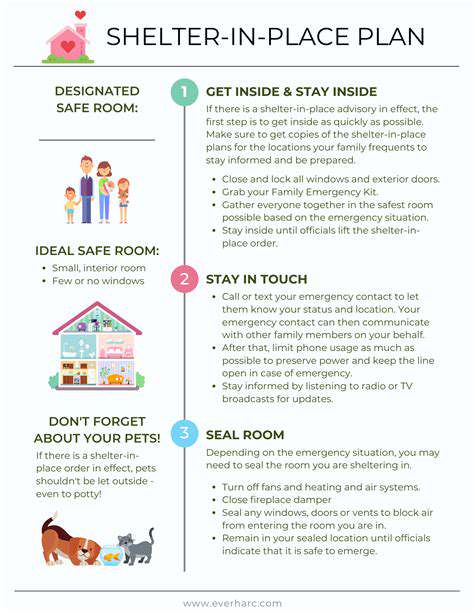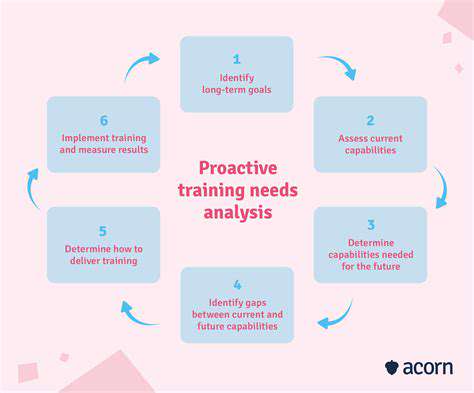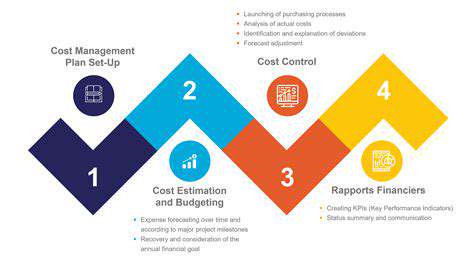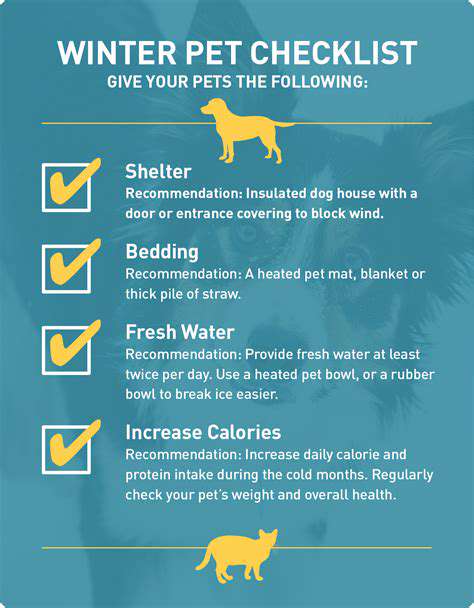Preparing Pets for Extreme Weather Events: Safety First
Understanding Canine Preparedness
Dogs come in all shapes and sizes, each with unique personality traits that shape their emergency needs. A shy Chihuahua won't respond the same way as an outgoing Border Collie when faced with danger. Breed-specific behaviors matter immensely - some dogs panic during thunderstorms while others remain unfazed. Their daily exercise routines, environmental sensitivities, and reactions to strangers all factor into creating an effective safety strategy.
Take stock of your dog's daily life. Is their backyard escape-proof? Do they depend on specific feeding schedules? When disasters strike, these routines often collapse. Smart planning means storing extra medications, keeping digital vet records handy, and designating a quiet corner where your pup can decompress during chaotic moments.
Feline Preparedness: Adapting to Their Independent Nature
While cats may seem self-sufficient, emergencies reveal their vulnerabilities. Their instinct to hide when scared can turn evacuation into a frustrating game of hide-and-seek. Memorize your cat's favorite hiding nooks - behind the water heater or under the bed - to save precious minutes during crises.
Scent plays a critical role in feline comfort. Keep their litter box and food bowls in consistent locations, even during temporary relocations. That familiar scratching post or sun-warmed blanket? These aren't just accessories - they're emotional anchors that reduce stress when their world gets turned upside down.
Equine Preparedness: Addressing Specific Needs of Horses
Preparing 1,200-pound flight animals requires specialized planning. Unlike household pets, horses need industrial-scale provisions - think 50-gallon water containers and hay by the bale. Their sheer size transforms simple tasks like transportation into logistical puzzles requiring trailers and specialized equipment.
Pay attention to your horse's personality quirks. Some calmly walk into trailers while others rear at the sight of them. Practice loading drills before disaster strikes, and always have backup transport options. That nervous mare who startles at plastic bags? She'll need extra calming measures during high-stress evacuations.
Small Animal Preparedness: Tailoring Plans for Rabbits, Birds, and More
Pocket pets disappear in disaster plans far too often. A hamster's delicate respiratory system crumbles in smoky air, while tropical fish tanks become death traps during power outages. Species-specific knowledge saves lives here - reptile heat lamps need generator backups, and birds require draft-free carriers lined with familiar perches.
Store at least two weeks of specialized supplies: Timothy hay for rabbits, vitamin-fortified pellets for guinea pigs, and the exact brand of seed mix your parrot prefers. During evacuations, clearly label carriers with feeding instructions - stressed exotic pets often refuse unfamiliar foods.

Communicating Your Plan: Preparing for Evacuation or Shelter-in-Place

Defining Your Project Scope
Start by mapping clear boundaries for your emergency plan. Which pets are included? What scenarios trigger action? Ambiguity breeds chaos when seconds count. Document exact protocols for different threat levels - a house fire demands different responses than a three-day blizzard.
Developing a Timeline
Emergency responses unfold in phases. Create color-coded timelines showing pre-storm preparations, immediate actions when warnings sound, and post-disaster recovery steps. Include countdown checklists (T-24 hours: charge pet trackers; T-2 hours: move carriers to exit points).
Identifying Key Stakeholders
Your emergency network extends beyond household members. Vet clinics, pet-friendly hotels, and trusted neighbors all play roles. Designate backup caregivers with copies of your plan - what if you're trapped at work when disaster hits?
Preparing Your Presentation
Turn your plan into visual guides. Flowcharts showing evacuation routes beat paragraphs of text. Use photos of your pets alongside their emergency kits - this helps responders identify animals quickly.
Communicating Effectively
Schedule quarterly disaster drills to test everyone's readiness. After each drill, host briefings to analyze gaps. Did Fluffy's carrier get stuck in the closet? Did the emergency contact numbers work? Continuous improvement saves lives.

Read more about Preparing Pets for Extreme Weather Events: Safety First
Hot Recommendations
- Holistic Pet Health: Integrating Approaches
- The Future of Pet Identification: Biometric Scanners
- Service Dogs for PTSD: A Guide to Support
- The Benefits of Non Anesthetic Professional Teeth Cleaning
- Herbal Supplements for Pet Joint Health
- The Intersection of IoT and Pet Wellness
- Healthy Weight Management for Senior Pets
- The Best Pet Beds for Orthopedic Support and Comfort
- Competitive Dog Sports: Agility, Flyball, Dock Diving
- Luxury Pet Hotels: Pampering Your Beloved Pet











